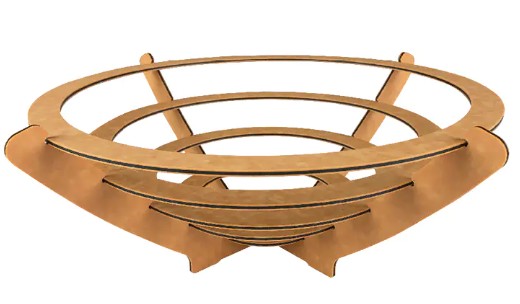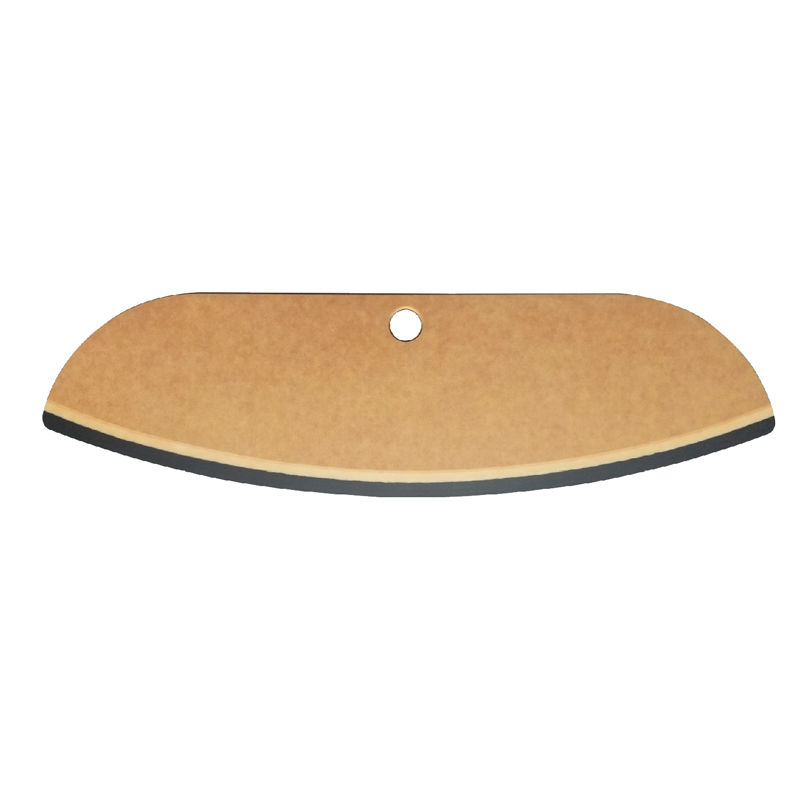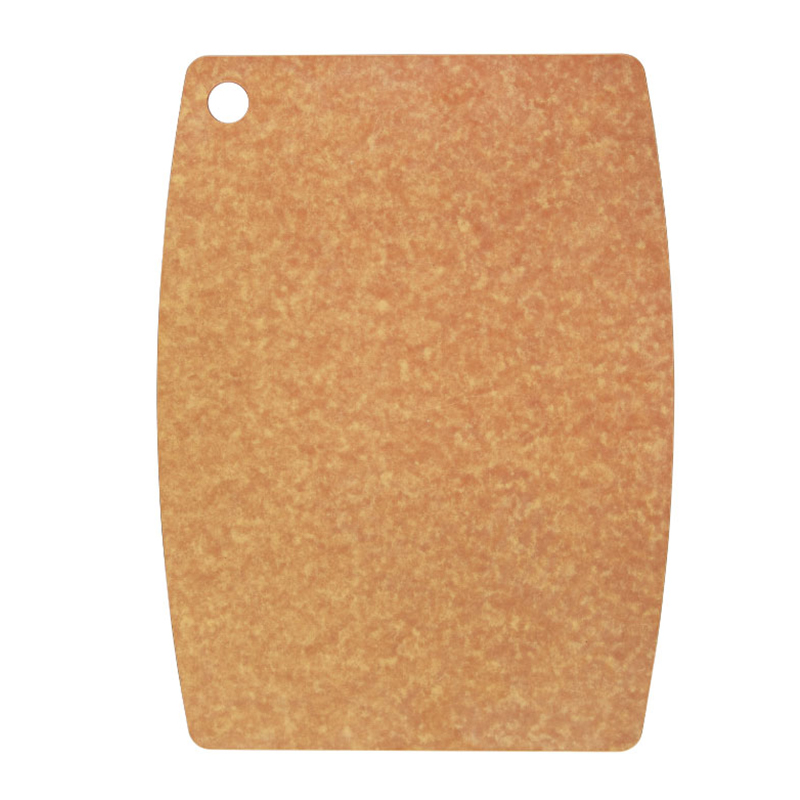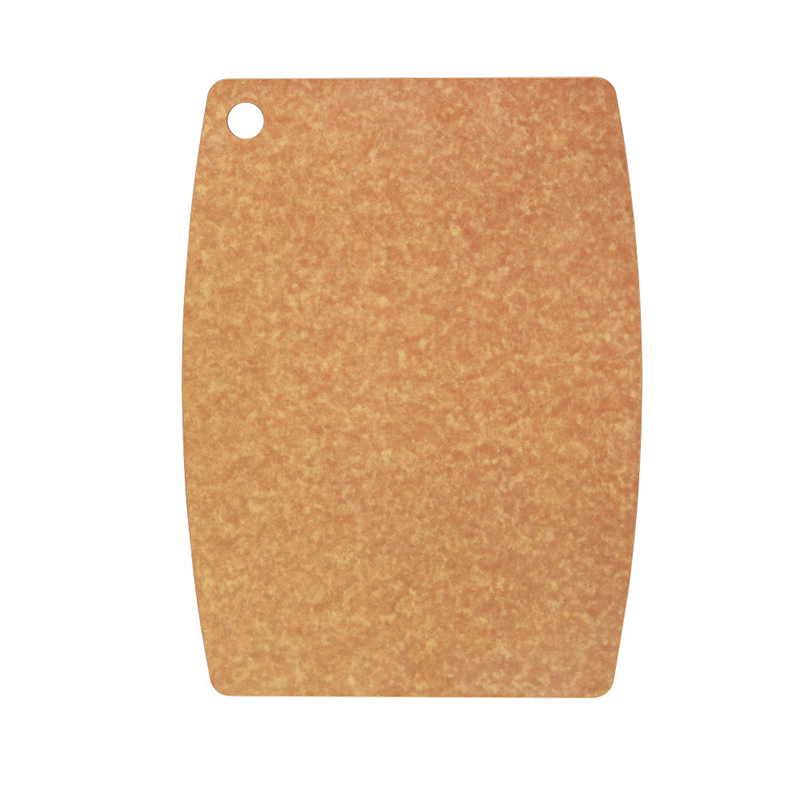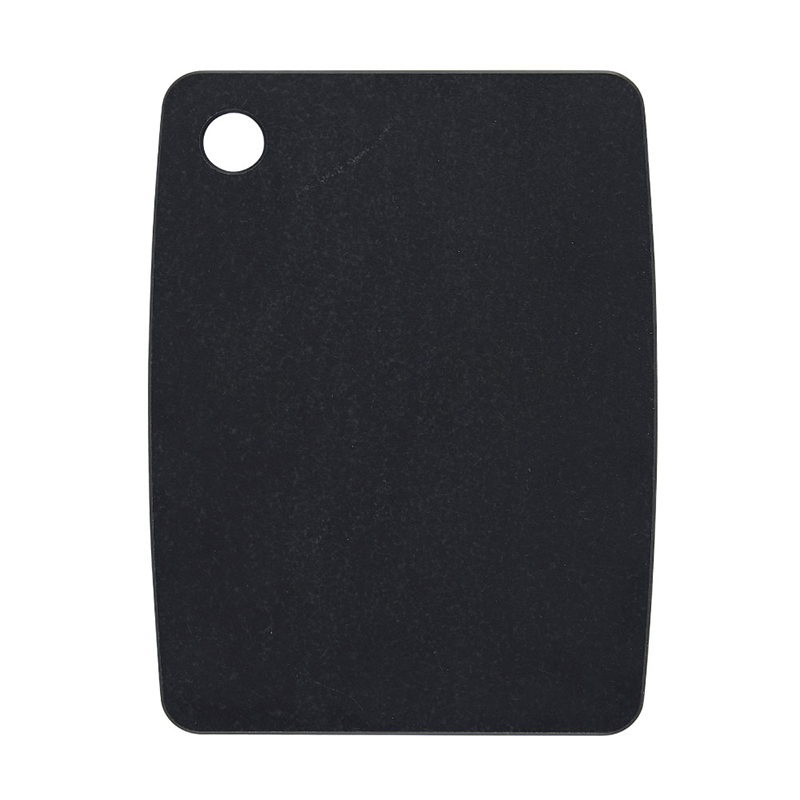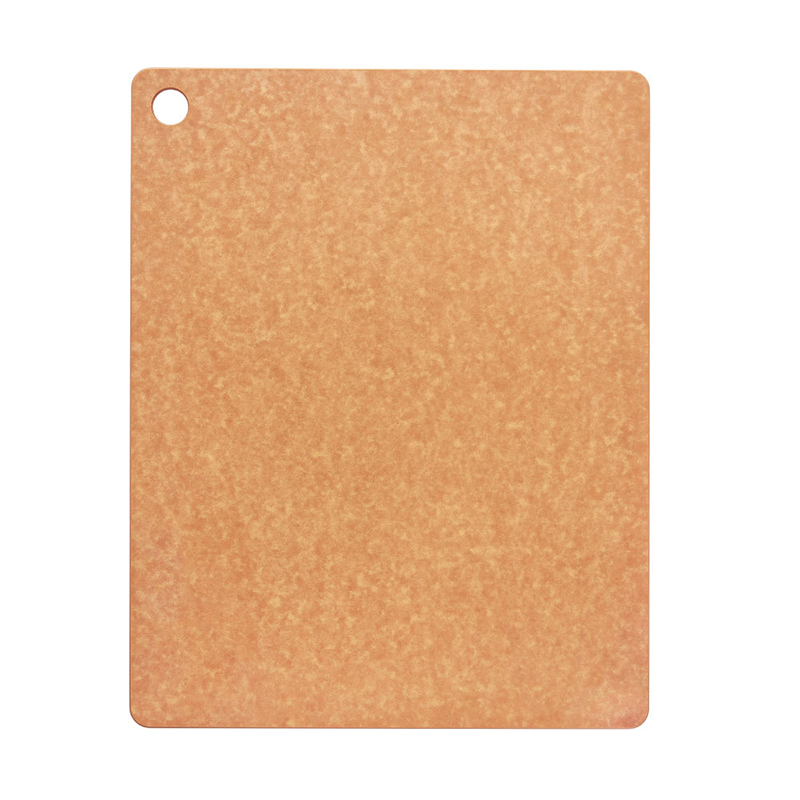-
What are the characteristics of Wooden Fiber Standing Cutting Board?
-
Material: Wooden fiber standing cutting boards are made from wood, such as hardwood or bamboo. Wood is chosen for its durability, natural aesthetic, and knife-friendly properties.
-
Size and Shape: These cutting boards come in various sizes and shapes to accommodate different cutting and food preparation needs. Common shapes include rectangular, square, or round boards.
-
Thickness: Wooden fiber standing cutting boards are usually thicker than other types of cutting boards. The thickness provides stability and durability during cutting tasks.
-
Cutting Surface: The surface of the cutting board is flat and provides a stable and sturdy surface for chopping, slicing, and dicing ingredients. The smooth surface helps protect the sharpness of knives.
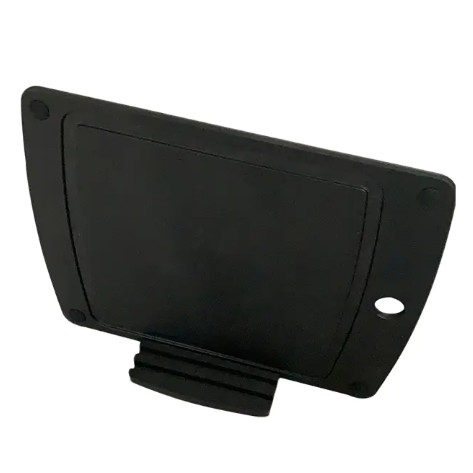
-
Cutting Area and Juice Grooves: Some wooden cutting boards feature a designated cutting area with juice grooves or a shallow channel around the perimeter. These grooves help collect and contain juices from fruits, vegetables, or meats, preventing them from spilling onto the countertop.
-
Natural Antibacterial Properties: Wood possesses natural antibacterial properties, making wooden cutting boards inherently more resistant to bacterial growth compared to plastic or other materials. However, proper cleaning and maintenance are still essential to ensure food safety.
-
Knife-Friendly: Wooden fiber standing cutting boards are known for being gentle on knives, reducing the risk of dulling or damaging the blade. The wood surface provides a bit of "give" and is less likely to cause excessive wear on the knife edge.
-
Aesthetic Appeal: Wooden cutting boards often have an attractive and warm appearance that adds a touch of natural beauty to the kitchen. The natural grain and variations in wood make each board unique.
-
Care and Maintenance: Wooden cutting boards require regular care and maintenance to ensure their longevity and food safety. This includes hand washing with mild soap and water, avoiding soaking or submerging in water, and periodically oiling the board to maintain its moisture content.
-
Weight and Stability: Wooden cutting boards tend to have a substantial weight, which contributes to their stability during use. The weight prevents the board from slipping or moving around on the countertop.
-
Environmental Considerations: Wooden cutting boards are often considered more eco-friendly than plastic alternatives since they are biodegradable and sourced from renewable materials.
A wooden fiber standing cutting board, often referred to as a wooden cutting board, typically possesses the following characteristics:
When selecting a wooden fiber standing cutting board, consider factors such as the size that suits your needs, the type of wood used, and any specific features or design elements that would be useful for your food preparation tasks.

 日本語
日本語 English
English 中文简体
中文简体